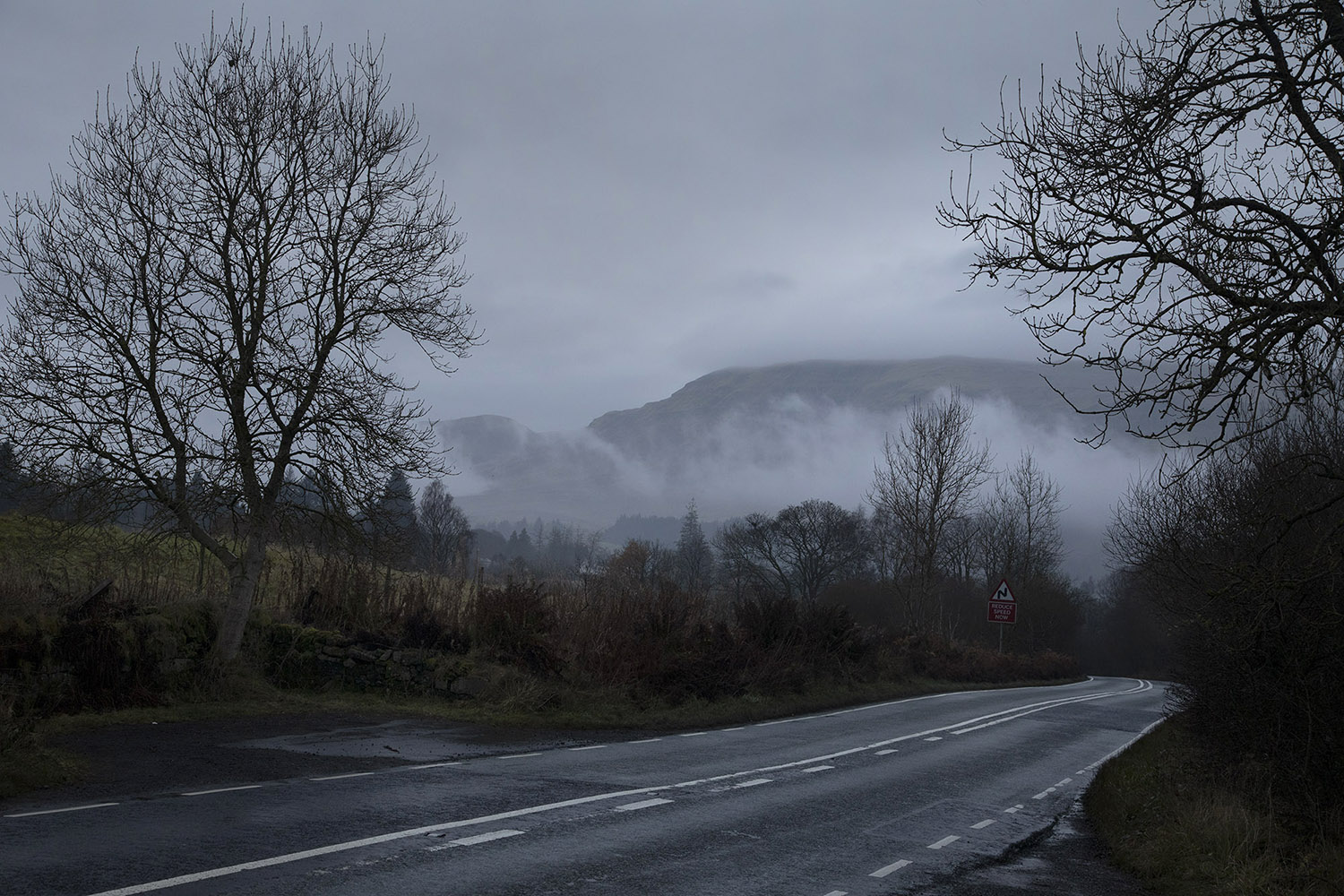
Photo essay Landscape
Loch Ardinning
Photographer Alan Donaldson photographed Loch Ardinning and self-published his project as a beautiful book full of atmospheric images of landscapes and details.

Tell us a little about your background – what path led you to becoming a photographer, and to doing what you’re doing today?
My fine art photography practise takes place in both the urban and natural environments.
I take photographs in roughly defined areas and engage over a long period of time, in this case years. Each photograph is a 'recognition' a situation or combination of elements that resonate. The resultant photograph will be carefully composed in colour without people and sometimes abstract.
The essential work is created on site in camera digitally, there is little manipulation afterwards. My file manipulation is akin to the analogue print process of 'burning' and 'holding' and minor colour or exposure changes. I work with one camera and one fixed focal length lens. The work will then join a series of pictures and a narrative will evolve. The pictures are informed by my life § and I am drawn to certain areas to express. On site the 'recognition' is instinctive. It will be a successful marriage of my concerns and the formal aspects of photography.
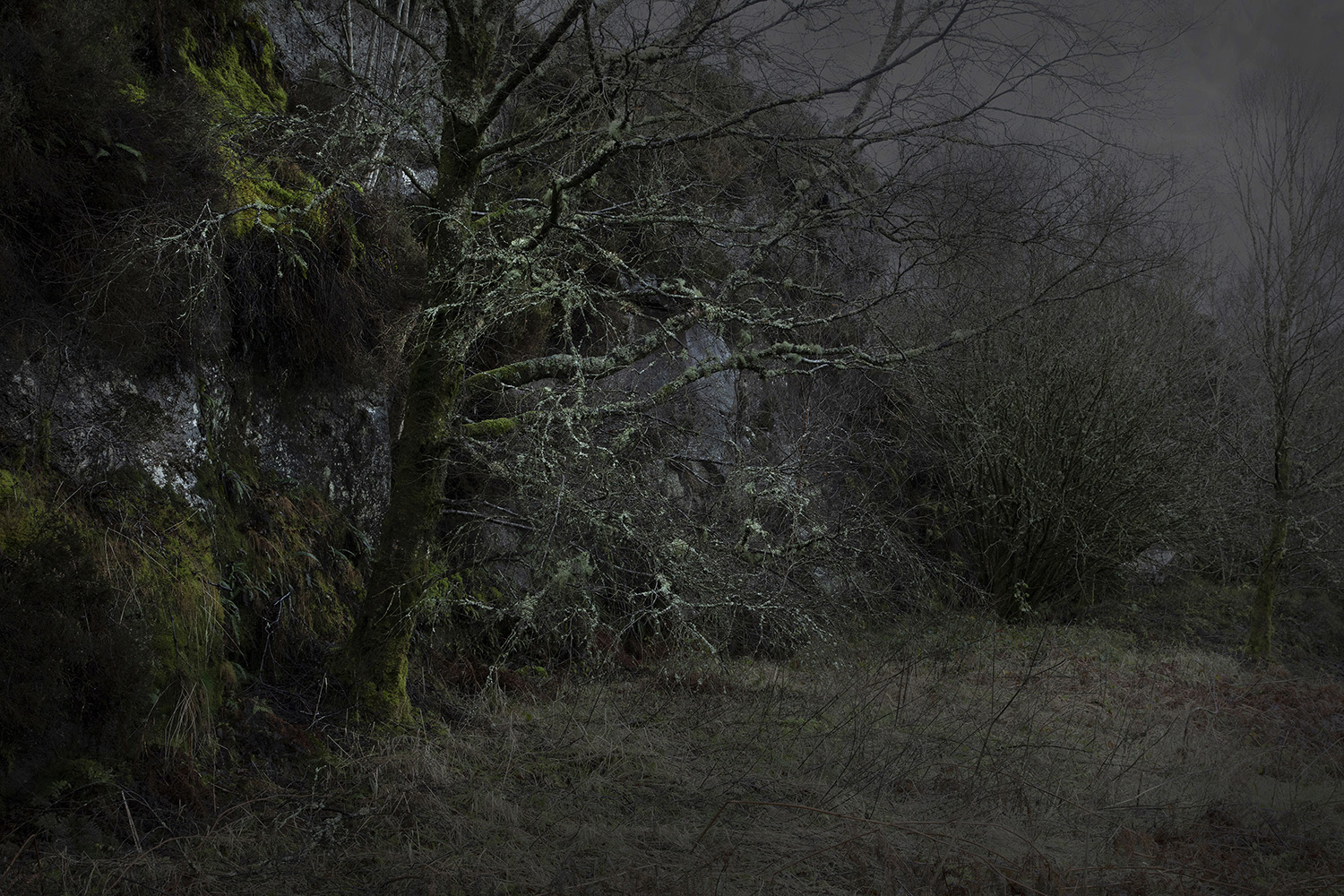

Can you tell us a bit more about your project ‘Loch Ardinning’?
Loch Ardinning wildlife reserve is ten minutes drive from where I stay. It’s a small area of 350 acres, just north of Glasgow, with the small loch as the centerpiece and a variety of landscape types and vegetation. The vegetation and animal habitats are protected by guiding people on well defined paths, all managed by the Scottish Wildlife Trust. Despite its proximity to a busy road and popularity with everyone from dog walkers to families to groups of inquisitive students, the experience of a landscape is undiminished.
I never intended this as a project. Like everyone else, I found the reserve a convenient way to refresh and exercise, a respite from everyday urban activity. However, I often found myself stopping to look and contemplate. Then taking a tripod and camera and stopping, looking and becoming immersed.
The accessibility of the reserve meant frequent visits over the course of the seasons and years. The variety of vegetation, the small gorge, the rocks the moorland I find engage me as much as any wilderness. Although managed the place is wild.
The scale of the reserve suits me. I do not need high mountains or deep valleys. Indeed, the small scale of the reserve works for my practice of closer photographs. In any case beautiful and pleasant though the reserve is, the pictures are not necessarily about place. Each picture is a recognition, a combination of elements both formal and conceptual creating an image that speaks to more than vegetation, rock, water, ice, air and light. But, in the end, all that matters is the vegetation, rock, water, ice, air and light.
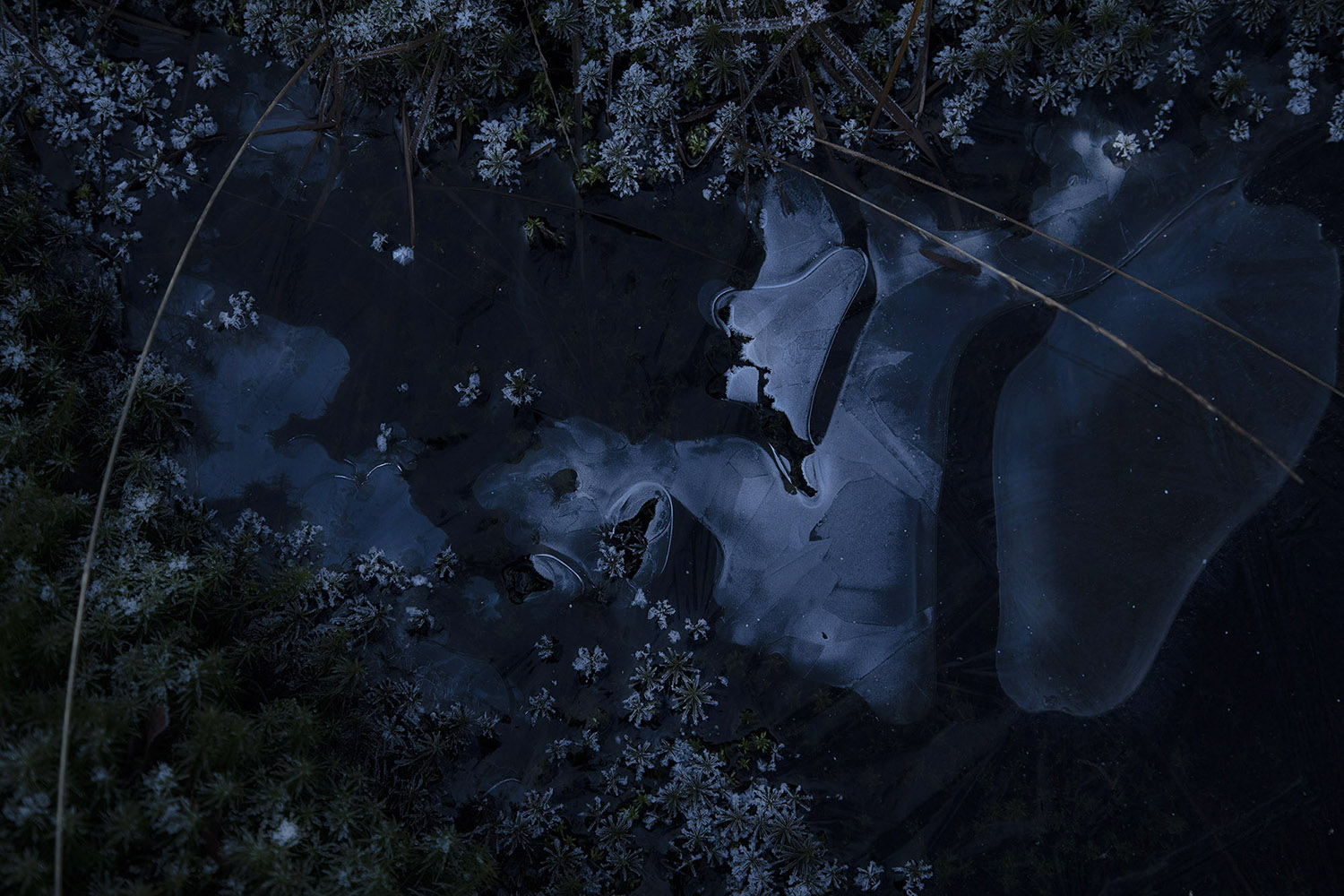
Tell us about your first camera
My first camera was a Cosina CSM 35mm film camera. As a company Cosina still exist though now they make bodies for other brands and also create lens’.
I then went on to Pentax, Nikon and now Canon, an EOS 5. I have also used Hasselblad though I have to admit I am no camera geek. Its the image that is important. Whichever device delivers the image quality I require.
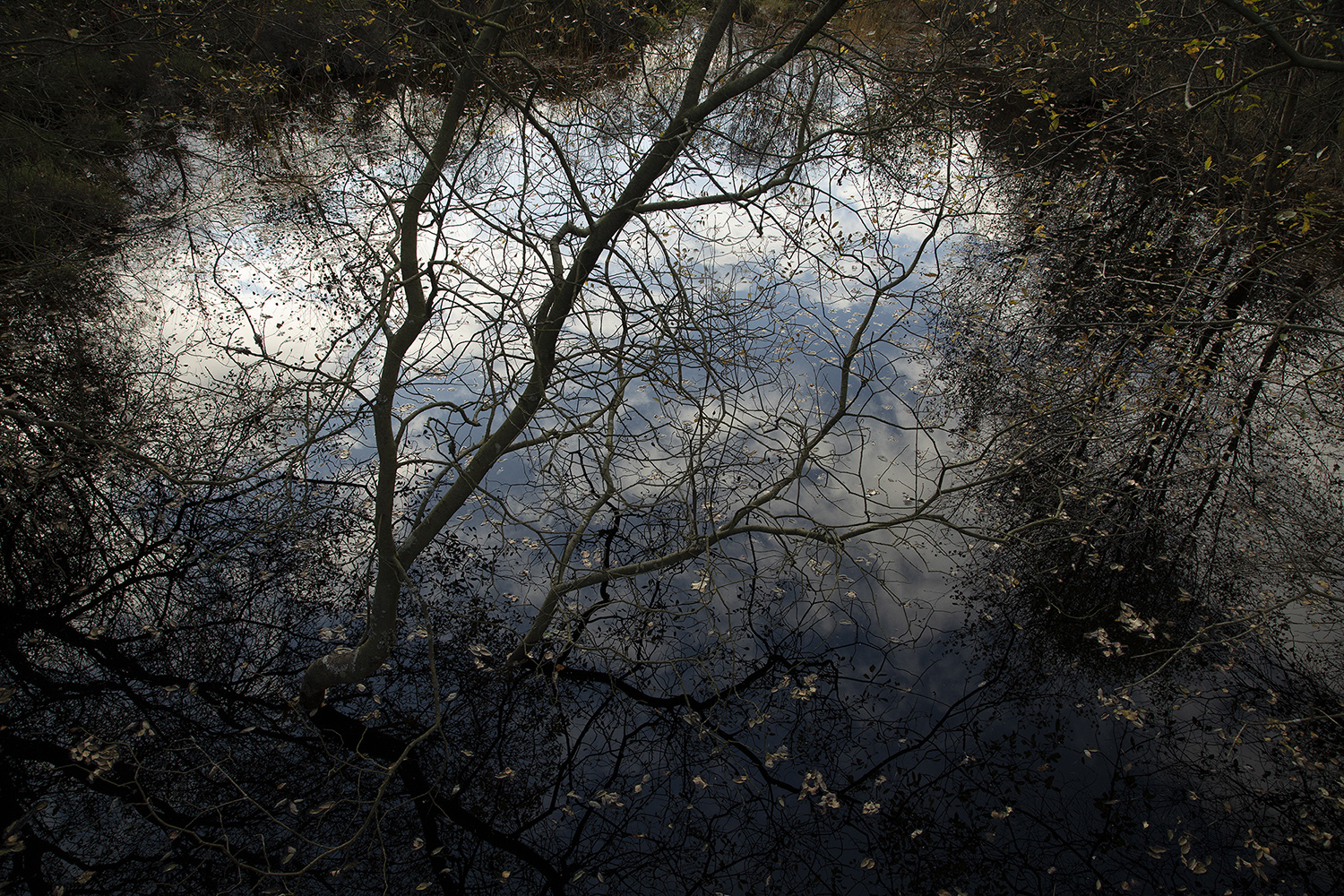
Which other photographers, designers, artists or creative people are you loving at the moment?
In photography terms recent photobooks I have found inspirational are Zzyzx by Gregory Halpern and American Geography by Matt Black. The landscape work and approach of Thomas Joshua Cooper is equally inspirational.
My first love was Walker Evans and the work that he and others - such as Dorothea Lange - did for the Farm Security Administration, in America in the 1930’s.
Robert Frank and the book ‘The Americans’ is seminal . The conceptual approach of Yan Wang Preston in China is wonderful.
Last but not least The book by Kirsty Mackay ‘The Fish That Never Swam’ is a work close to home. I grew up in this milleu. Again the book is inspirational.
At the moment the album ‘Song of Island’ by Yashuhiro Kohno trio+ 1 is on constantly. Bon Iver, Tom Waits, Nils Frahm, Olafur Arnalds and Brian Eno are also on every playlist. Finally the work of Scottish jazz musician Fergus McCreddie is exceptional.
The work of Cornelia Parker I saw at Tate Britain and found myself totally engaged.

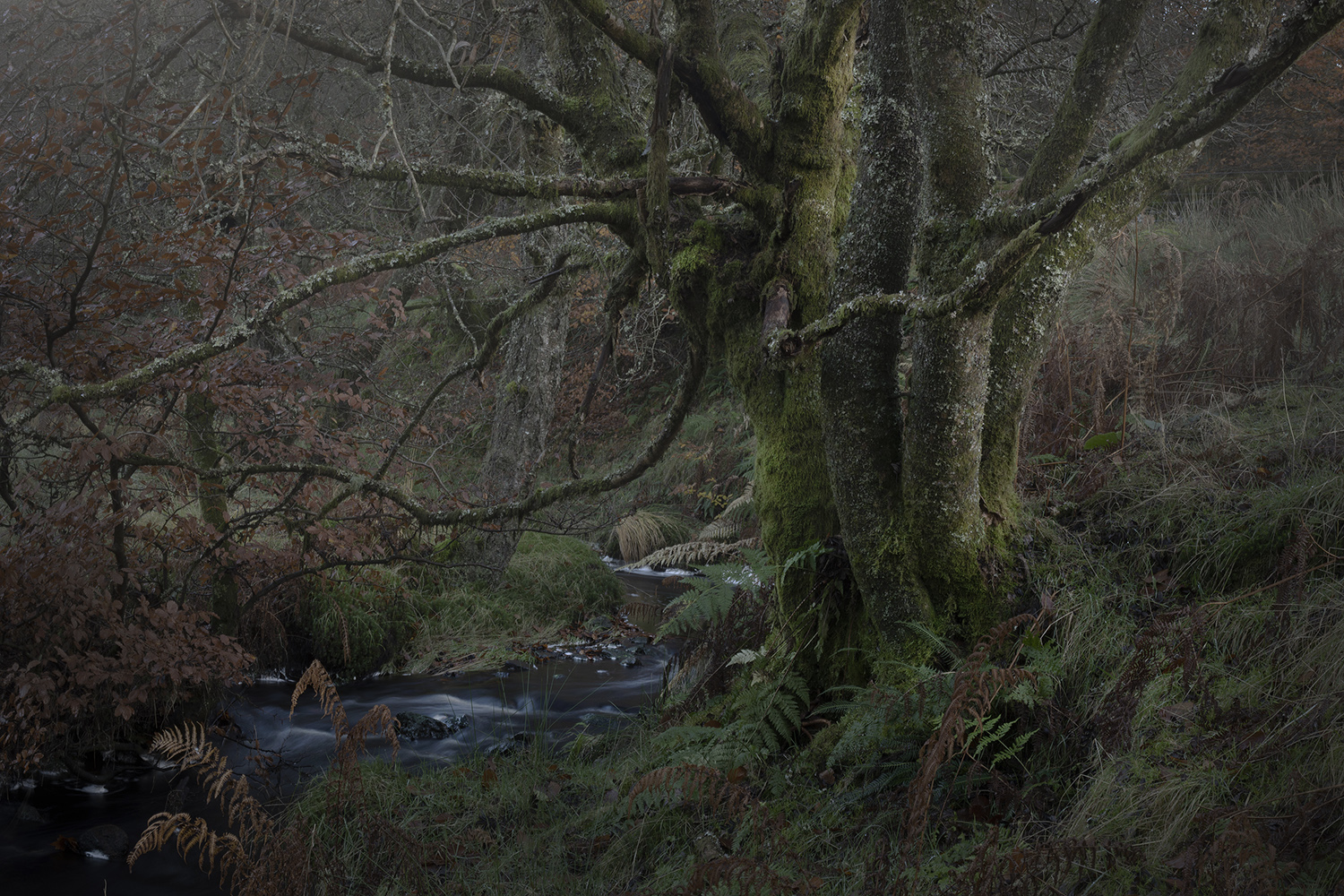
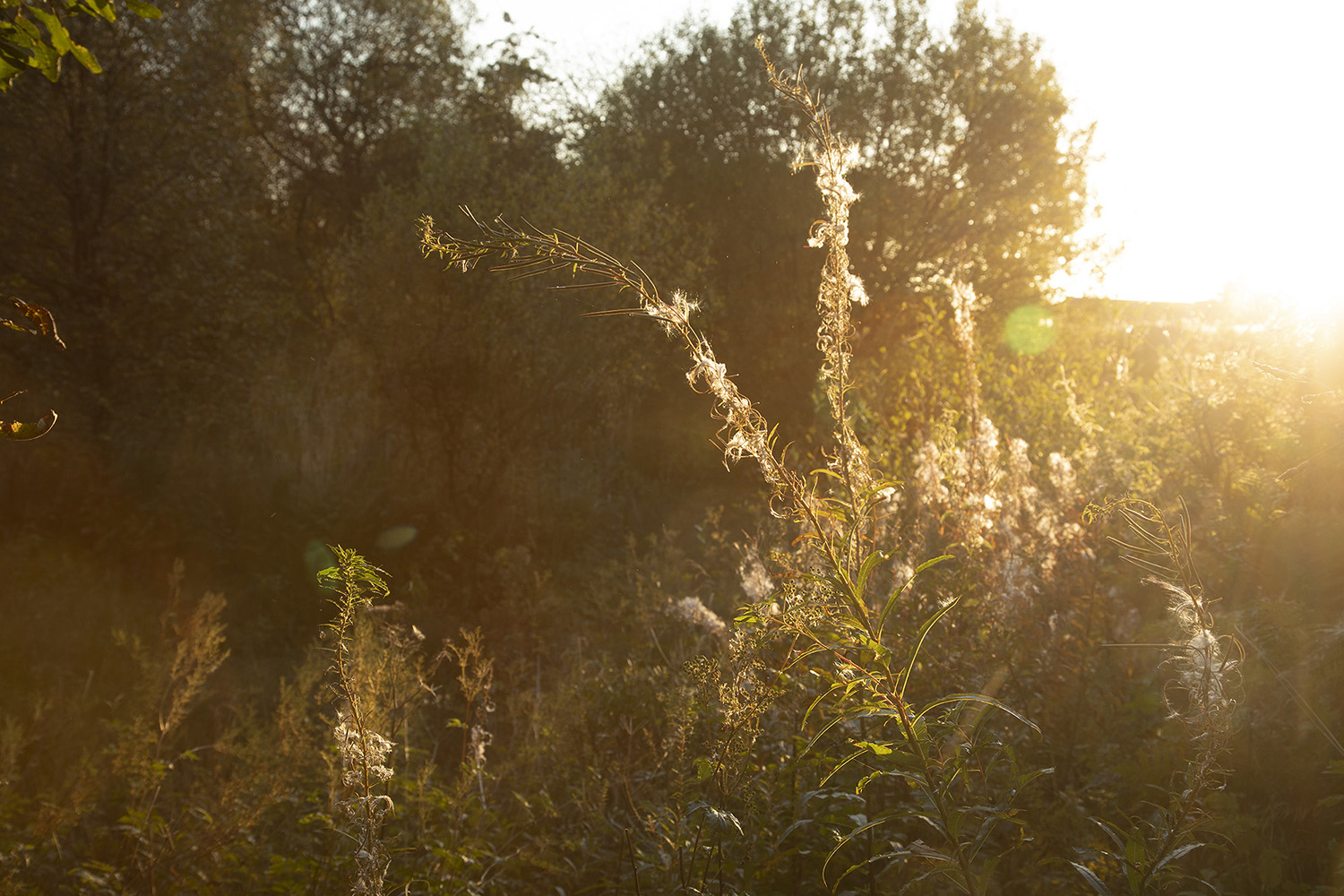
© Pictures by
Alan Donaldson
